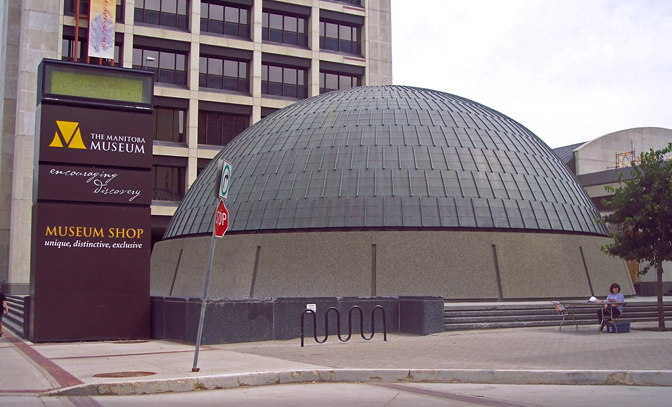Manitobans who look up to the night sky this month may notice an unexpected bright light — the planet Venus.

According to Scott Young, manager of the Manitoba Museum’s Planetarium and Science Gallery, February is a perfect time of year for Manitobans to catch a glimpse of the second planet from the sun.
“It’s at its brightest point this month for us here in North America, and it’s sort of perfectly placed, just as the sun is going down. It’s off there in the southwestern sky,” Young told 680 CJOB.
“As the sunset goes on — as soon as it’s even a little bit dark — it pops right out and then it’s visible for probably two, two and a half hours after sunset before it finally sets as well.
“But it’s so bright. It’s unnaturally bright, and it stands out from regular stars and anything like that.”
Young said that for the next week to 10 days, Manitobans will also have a shot at seeing a much more elusive planet: Mercury.

Get daily National news
The nearest planet to the sun, Mercury will appear partway between where Venus sits in the sky and where the sun sets — but it’ll be a lot more difficult to spot, Young says.
“It’s not nearly as bright. It looks like a regular star but it appears in the twilight colours, and you’ll only see it for a little bit after sunset,” he said.
“You have to have a nice, clear horizon to the southwest and get out maybe 30 minutes after the sun goes down, and that’ll be your best chance to see it.”
For people interested in exploring the local skies, the planetarium offers a presentation called Manitoba Skies in February and March as well as a show called Search for Life narrated by actor Harrison Ford that explores the question of whether we are alone in the universe.










Comments